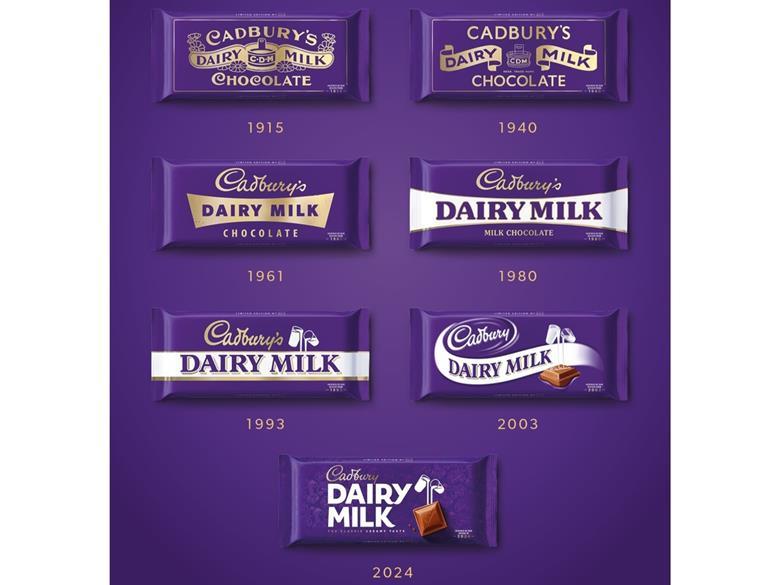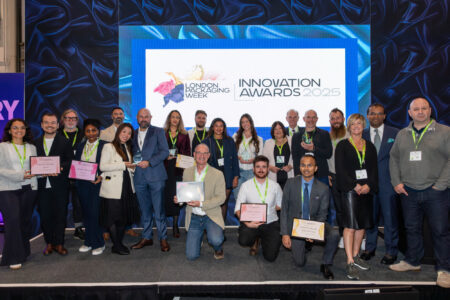Is old becoming new again? How your brand can optimise nostalgia:

FMCG brands tend to be present in life’s most emotionally significant events: as pillars of our childhoods, family dinners, and parties with friends. They are woven into everyday routines and relationships, building lasting emotional credibility. The key market leaders already know this.
Heritage Brands
Coca-Cola reintroduced retro-style glass bottles and limited-edition cans with vintage logos as its history is deeply ingrained in cultural memory, and the classic red-and-white design causes instant recognition.
Kellogg’s Frosted Flakes released nostalgic versions of cereal brands and their mascots to tap into the fond memories of consumers who recall the Tony the Tiger TV commercials. The retro Frosted Flakes featured a two-dimensional Tony, with a spoon in hand and tongue out, ready to dive into his breakfast.
For its 200th anniversary, Cadbury released a limited edition “retro” Dairy Milk chocolate bar packaging. Seven different designs emulated packing across the brand’s history, from 1915 to the present day.

The Newer Brand
Whilst it is easy to dismiss this as something only mainstream, century-old brands can do, newer or more niche brands can take advantage too, it just might have to look a little different.
Instead of repeating the past, brands must reinterpret it in ways that resonate with today’s audiences. The creative aspect is in how to translate it to approach the modern audience. This could mean reimagining once-niche memories in a way that speaks to a broader, more diverse audience, and it must be executed with care – anything less than risks feeling inauthentic.
Profiting from Nostalgia
There are opportunities for collaboration between the older and the newer. This can allow newer brands to profit from the heritage of established ones, whilst the older brands can gain relevance from the younger, more digitally knowledgeable names.
Even collaborations between two heritage brands can create fresh, credible products and allow a brand to enter a different culture or market. Unlike other partnerships, nostalgic partnerships tap into deeper emotional connections, often sparking more powerful consumer responses.
Alternatively, a brand can use rituals to evoke strong emotional responses. Christmas adverts by companies like John Lewis are a fitting example of this, with clips of holiday baking and family celebrations making the product stay with the consumer after the advert has left their screen and often resulting in discussions with others.
Brands that understand their audience can also tap into the feelings behind nostalgia: the desire for innocence, simplicity, and community.
Understanding your audience also ensures understanding why parts of the past are returning, and how. It is important to consider whether the appeal of the vintage wardrobe is the fashion or the lifestyle. Are they restyling the clothes to suit the modern aesthetic, or taking inspiration from old photos? This enables you to see where your brand can fit into that cultural landscape and where it will not.
Finally, nostalgia does not have to be dramatic. It can be signalled in subtle ways, such as a reference, time of year, or iconic celebrity from the past.
Check out our socials
Lorem ipsum dolor sit amet, consectetur adipiscing elit Lorem ipsum dolor sit amet, consectetur adipiscing elit
The latest packaging projects

London Packaging Week 2025 welcomes record visitor growth
London Packaging Week 2025 sees 15% growth, bringing 5,752 visitors together to celebrate innovation, sustainability, and the future of packaging.

London Packaging Week Innovation Awards celebrate the year’s most bold, creative, and sustainable packaging
The London Packaging Week Innovation Awards recognised the UK’s most imaginative and sustainable packaging designs, celebrating creativity, craftsmanship, and brand storytelling across 13 categories.


